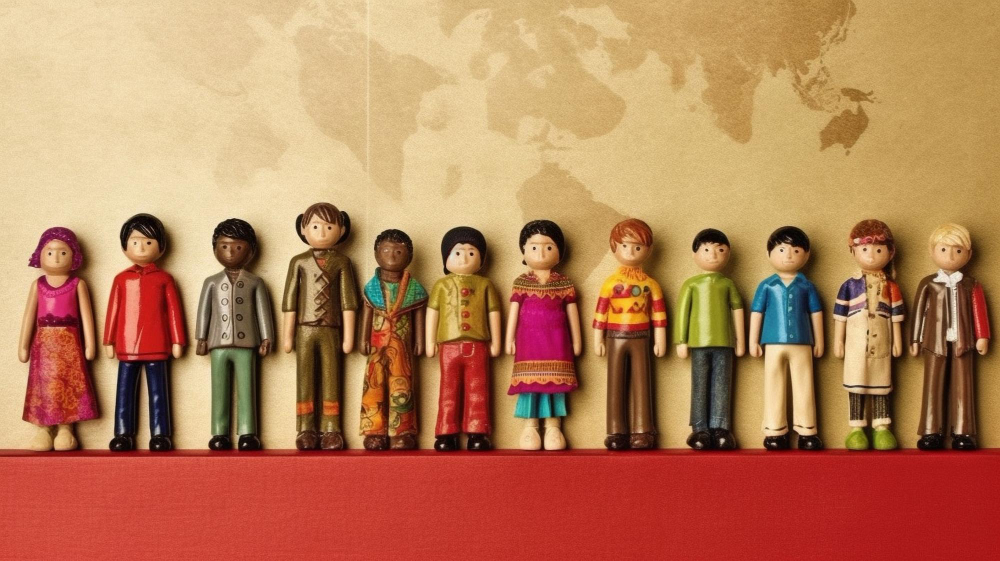In the dynamic and ever-evolving world of fashion, the interplay between cultures has been a longstanding source of inspiration. However, as the industry continues to grapple with issues of diversity, inclusion, and ethical practices, the concept of cultural appropriation has emerged as a contentious topic.
Understanding Cultural Appropriation:
Cultural appropriation in fashion occurs when elements of one culture are adopted by another without proper understanding, respect, or acknowledgment. While cultural exchange and influence are intrinsic to artistic expression, the line between appreciation and appropriation can be thin and easily crossed.
The Impact on Marginalized Communities:
One of the primary ethical considerations in cultural appropriation is its disproportionate impact on marginalized communities. When aspects of a culture are commodified without proper representation or credit, it can perpetuate harmful stereotypes and contribute to the erasure of the culture’s true significance. For instance, using sacred symbols as mere fashion statements can be deeply disrespectful, undermining the cultural and spiritual meanings they hold.
Industry Practices and Accountability:
To address the ethical concerns surrounding cultural appropriation, the fashion industry is gradually awakening to the need for accountability. Some brands are now implementing internal guidelines and diversity training to ensure that their designs and campaigns are culturally sensitive. Collaborations with artists and designers from the cultures being represented are becoming more common, fostering a more authentic exchange of ideas.
Education and Cultural Awareness:
An essential aspect of mitigating the impact of cultural appropriation is education and cultural awareness within the fashion industry. By investing in research and understanding the historical and social contexts of the elements they incorporate, designers can create with respect and intention. Furthermore, promoting diverse voices within the industry ensures a more inclusive creative process.
The Role of Social Media:
Social media platforms play a pivotal role in shaping public opinion and holding the fashion industry accountable. Campaigns and hashtags have brought attention to instances of cultural appropriation, prompting both consumers and brands to reevaluate their choices. The immediate and widespread dissemination of information on social media has created a new level of transparency, encouraging brands to be more mindful of their actions.
Collaborative Innovation:
Rather than appropriating elements from other cultures, the fashion industry can engage in collaborative innovation. By actively involving members of the cultures they draw inspiration from, brands can create collections that celebrate diversity authentically. This approach not only ensures accurate representation but also fosters a sense of unity and shared creativity.
Encouraging Cultural Exchange:
While cultural appropriation is a concern, it’s essential to distinguish it from genuine cultural exchange. Encouraging a dialogue that promotes understanding and appreciation between cultures can lead to a more harmonious coexistence. Fashion, as a form of expression, has the power to showcase the richness of diverse cultures without resorting to appropriation.
As the fashion industry continues to evolve, it must grapple with the ethical implications of cultural appropriation. By fostering a culture of respect, understanding, and inclusivity, the industry can navigate the delicate balance between inspiration and appropriation. Education, collaboration, and a commitment to diverse representation are the threads that can weave a more ethical tapestry for the future of fashion—one that celebrates diversity without exploiting it. In this way, the industry can transform into a platform that not only sets trends but also sets ethical standards for a global audience.
For more blogs related to design: https://www.dotsod.in/blog/
Follow DOT School of Design on Facebook, Instagram, LinkedIn, Medium and YouTube



